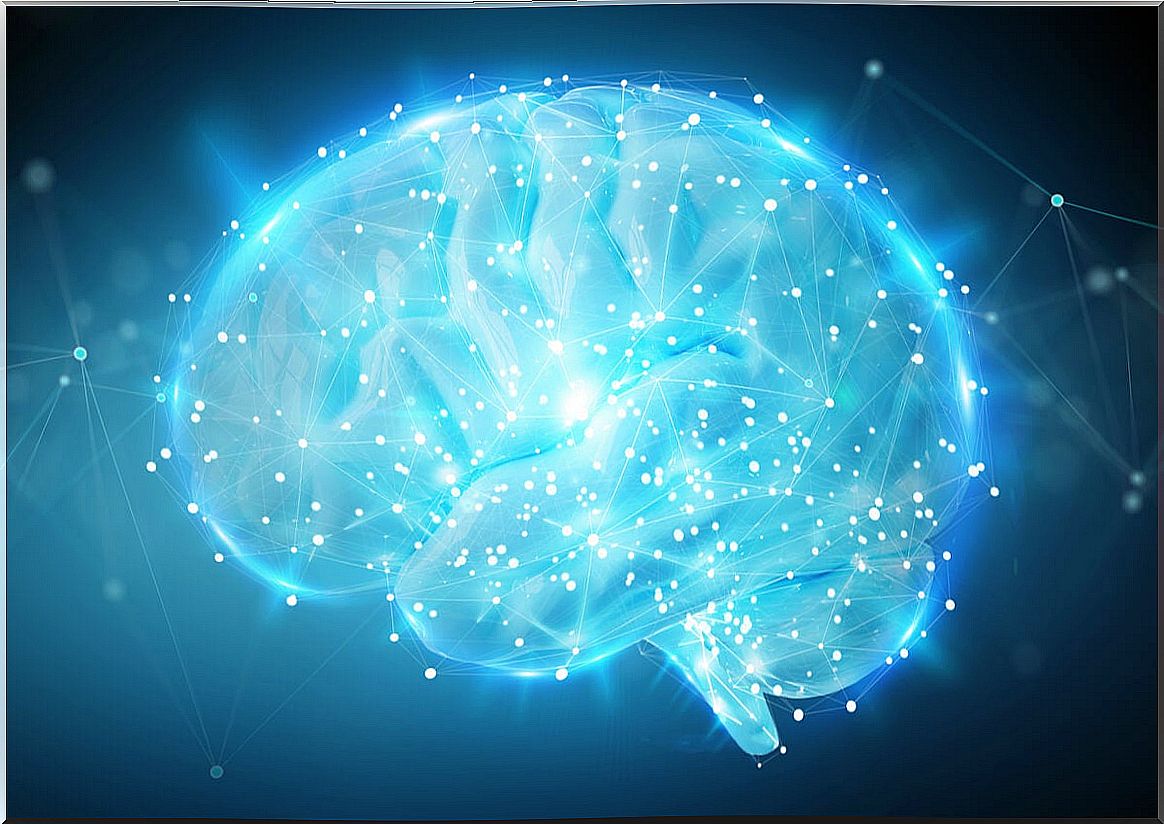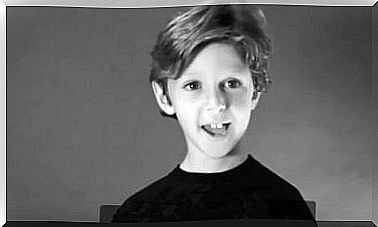What Happens In The Brain When Imagining The Future?

Although many people live the present intensely, everyone has had to imagine the future at some time. There are even people who give more importance to what is to come than to the moment they are living.
Imagining the future, however, is just that: imagining. It is thinking about something that has not yet happened and may never happen. How is this reflected at the brain level?
Until now, the neurological part of this process was not very well understood. Recently, a study has delved into this question. Do not miss it, because as it usually happens with the brain, as a result of a question there are answers for others.

Is there a part of the brain dedicated to imagining the future?
Thinking ahead involves using your imagination. Scientists wondered for a long time which brain structures are responsible for this question, and finally they were able to delineate the areas responsible for the imagination.
Both when it comes to the past and when the future is imagined, a process called mental time travel is carried out, in which a scenario is visualized within which the subject is the protagonist. At both times, the same neural networks are activated.
The set of these structures is called a network by default. It is made up of the ventromedial prefrontal cortex, the posterior cingulate cortex, and specific regions of the medial temporal and parietal lobes, such as the hippocampus. Through this network, images, symbols, ideas and theories can be consciously manipulated.
However, despite having located these structures, the researchers wanted to understand more deeply how they worked. Below you can read the latest results on this question.
What happens in the brain when we imagine the future?
The latest study that addresses this question, carried out by Sangil Lee and his collaborators, records the brain activity of several subjects through images obtained by functional magnetic resonance imaging. To do this, they gave the subjects different scenarios to evaluate aspects such as the vividness of the memory and the degree of detail.
The results were quite consistent: the network by default is divided into two subnets, each of which is activated to a greater or lesser degree depending on which aspects of the memory are more intense. In this way, they defined the two subnets as follows:
- Dorsal network: this network is directly related to the valence of the memory, that is, this network is activated more intensely when the subject imagines events that they consider positive.
- Ventral network : linked to the vividness of the memory, this network was activated in proportion to the sharpness of the memory. Therefore, the greater the detail, the greater the activation of the backbone by default.
It was observed that both networks were exclusive, so that the ridge was not activated by the vividness of the memory and, in turn, the ventral network was not influenced by the valence of the memory. Therefore, both one and the other have an influence on the way in which the future is evaluated and with how much detail, respectively.

Imagine the future, but keep your head in the present
The default mode network, as you can read above, spans the entire brain, both cortically and subcortically. In fact, the conscious manipulation of images and ideas is central to a multitude of abstract thought processes, such as decision-making and problem solving.
However, another study conducted in 2004 showed that areas of the brain that are used to visually perceive objects are activated in much the same way as when actively imagining. In fact, it was shown that memories and imagination can be mixed and confused.
That is why many experts recommend staying in the present moment – mentally speaking – to deal with what is pressing in the day to day, and leave imagining the future as something specific or functional. If you spend too much time on the past and the future, you run the risk of misrepresenting or creating false memories.
The applications of these studies go beyond areas such as the study of memory and creativity. Each new discovery about how the brain works with the non-existent is useful for artificial intelligence, the legal field, education and, basically, everything that makes up human life.









